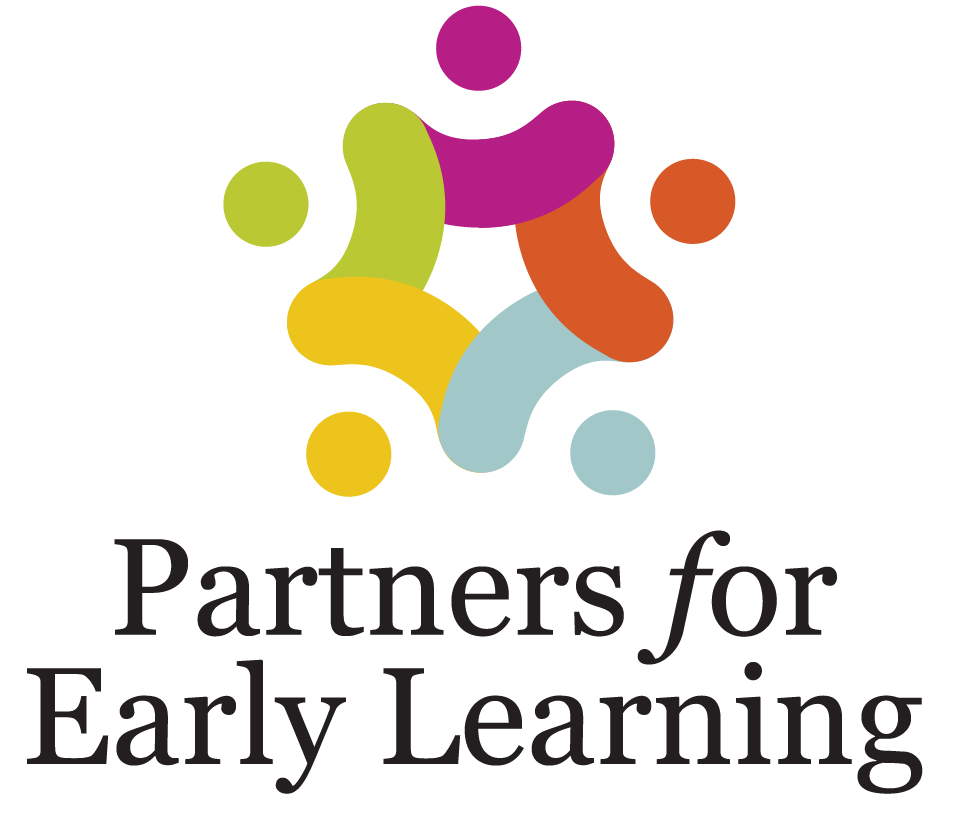Social
Social Milestones For 0-6 Months
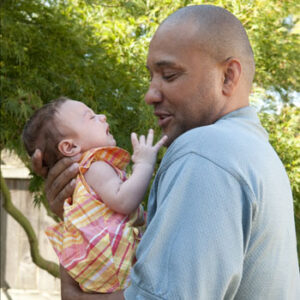
Social and Emotional: Overview (0-6 Months)
Do babies have feelings? Do they have the ability to understand the feelings of others? The surprising answer from the

Book of Jenny: How Babies Communicate
Babies try to tell us what they want or need before they can talk. Part of the fun of parenting
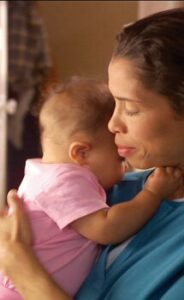
Responding to Baby (0-12 Months)
What is your baby thinking? Well, the answer is – A LOT! That’s right, from the minute your baby is

Goodnight, Baby (0-14 Months)
Will your baby ever sleep through the night? The answer is yes! Some nights you need to get up and
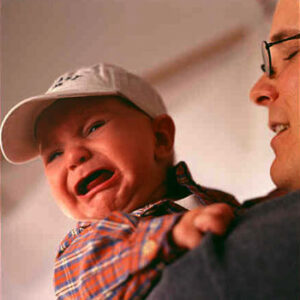
Able to Cry in Response to Another’s Cry (0-3 Months)
Babies treat the sounds of crying differently from other sounds. In one study with 34-hour-old infants, infants cried often when

Can Display the Emotions of Distress and Sadness (0-3 Months)
When they feel “distress” or are uncomfortable or in need, even newborn babies have ways of letting their caregivers know,
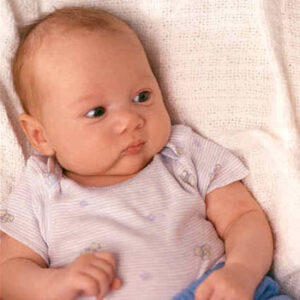
Capable of Showing Contentment and Joy (0-3 Months)
At birth, infants begin to show basic emotional behaviors. To demonstrate this, researchers carefully studied infants’ facial expressions as they
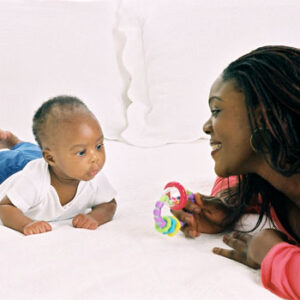
Capable of Showing Interest (0-3 Months)
At birth, infants begin to show basic emotional behaviors, including interest. Interest expressions include wide eyes, focused attention to something,
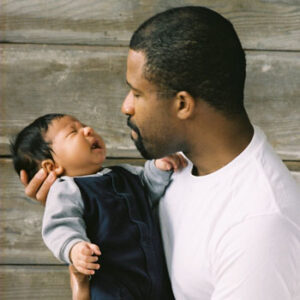
Expresses Disgust (0-3 Months)
Babies will generally show disgust in response to unpleasant tastes. Disgust expressions, which begin in the first few months, can

Shows Frustration and Anger (0-4 Months)
Very young babies demonstrate frustration when they are struggling to complete a developmentally difficult task or when they are prevented
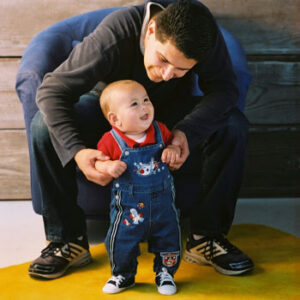
Capable of Imitating Emotional Facial Expressions of Others (0-5 Months)
Soon after birth, babies are already capable of imitating the emotional expressions they see on the faces of others. In

Born to Feel (0-6 Months)
Learn what a sad face means It’s a beautiful summer day. Dad and his 10-week-old son Ryan are relaxing on
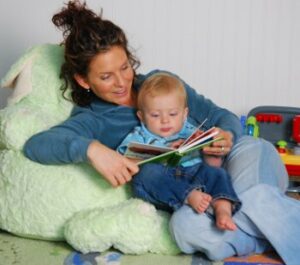
Reading to Babies (0-6 Months)
It’s never too early to begin reading to your child. Reading together not only helps your child learn the sounds
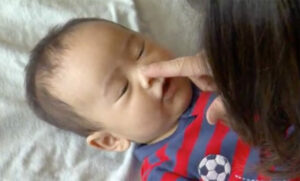
Recognizing Baby Cues (0-9 Months)
In your first 6 months together, getting to know your baby means learning to read their cues. Some cues can
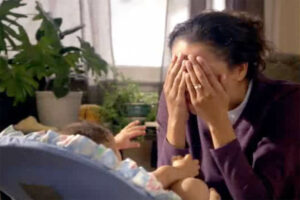
Bubble Talk: Why Caring Responses Make a Difference (1-12 Month)
Babies communicate with their parents and caregivers in many ways. Responding to your baby’s cues positively will help you create
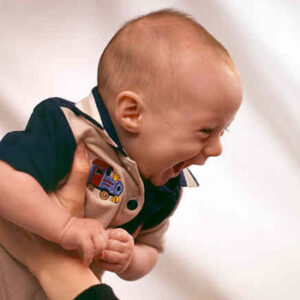
Begins to Develop Social Smile (1-3 Months)
Babies are capable of smiling at birth. At first, these expressions are not truly “smiles” in response to social interactions
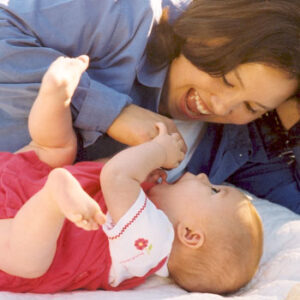
Enjoys Social Play with Caregivers (4-7 Months)
Infants are interested in human faces shortly after birth, and they take huge steps in their abilities to interact with
